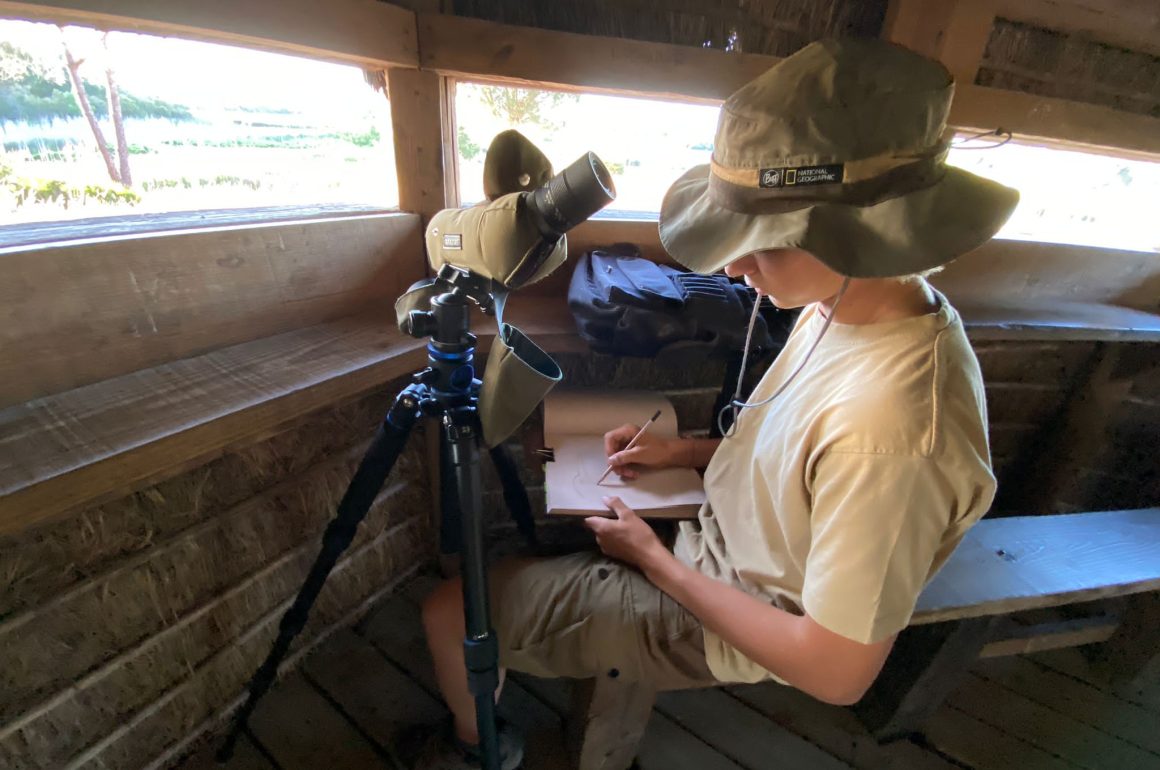
Another milestone reached! A couple of days ago, with the help of Australia I was able to observe my 600th life species. And even though I say that I am not a lister, reaching a nice, round number feels quite satisfying and so I am celebrating with a cup of tea and a brownie topped with ice cream. But how is it that I got here? For this post I wanted to sit down, reminisce about all the great 600 bird species and jot down my next milestones.
I first started birding when I was about 7 years old (if I remember correctly). None of my parents are associated with birds so it is the strangest thing how I got into birding and it is a mystery that is never to be solved.
At the very start of my birding journey I was just keen on observing different kind of bird species and jotting them down in my “little sailors notebook” along with the date, count and how I have seen them. On this matter I was taking guidance from a birding mentor of mine and a little book that I had which was about the basics of birding. But of course I was very new into birding so my lists consisted of the so called “basic” species and if I ever observed anything rarer it was usually with an experienced birder. But nevertheless I kept a rough account of the species that I observed. A little while later I started with the help of my mentor to upload my observations to a local Latvian observation site “dabasdati.lv”. It is in some way similar to “INatruralist” where you can upload any type of observations, not just birds.
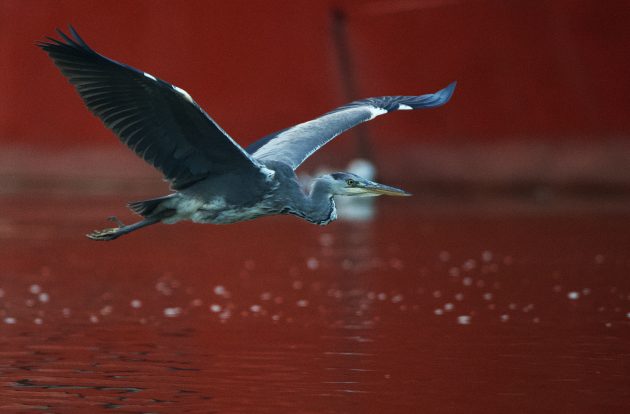
So I moved on to uploading almost each one of my bird observations and the site kept count of the species and all’s dandy! My interest grew when I got my hands on a camera. I was able to back my observations by uploading photos as well as my bird ID skills started to develop more rapidly as I was able to study my photos and find different species of gulls in a big flock which was quite hard at first with just binoculars.
My bird photography kept on developing and I wasn’t just taking photos of birds for ID purposes. I was interested in getting close to birds, taking the sharpest photos possible and documenting interesting behaviour. Also at this time I started to observe and record birds when traveling to other countries. For example, about 4 years into birding my family and I went to the Seychelles. I remember taking photos of the birds that I observed there but I did not look for anything specific or hustle for species that I could add to my life list. I was about 11 years old, didn’t know about eBird and I really didn’t even think of birding that way. Now, of course, it is a bit frustrating knowing that I missed a ton of “lifers”. More on this later.
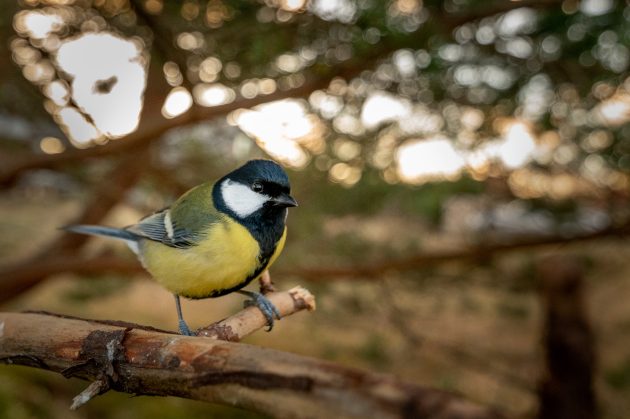
Then in 2019 I found out about eBird. Compared to my local observation site, eBird was easier to use and kept a nice, accessible count of my observed species. As well as it was international. So I started to use eBird almost exclusively. At first I was busy observing the common species around Latvia. Species that I had seen a lot before but they, of course, needed to be added to my new list. eBird also allowed me to keep a better account of the species that I observed in other countries as before the only way I recorded these was with some photos and maybe a scribble in my notebook.
Moving on in 2020 I picked up the practice of sketching birds. That really busied me and I forgot all about my lists and again was just documenting what I see, how I see and when I see. On trips to other countries I still submitted a eBird checklist or two but I wasn’t worried about the specie counts and looking for hotspots. At this time I think my eBird life list could have been around 300. Soon though that was up for a change again. For about the past two years I have managed to balance keeping a list of life birds and observing them for sketching or photography. During these past two years, besides using eBird actively I have been uploading historical checklists to my account. Observations from my local site, records from my notebooks and photo records. So for example, even though I did not use eBird sat the time, I have uploaded some bird species from the Seychelles of which I had photos. I remember seeing other species of birds that I didn’t photograph but due to the uncertainty of ID, date and location I do not submit these.
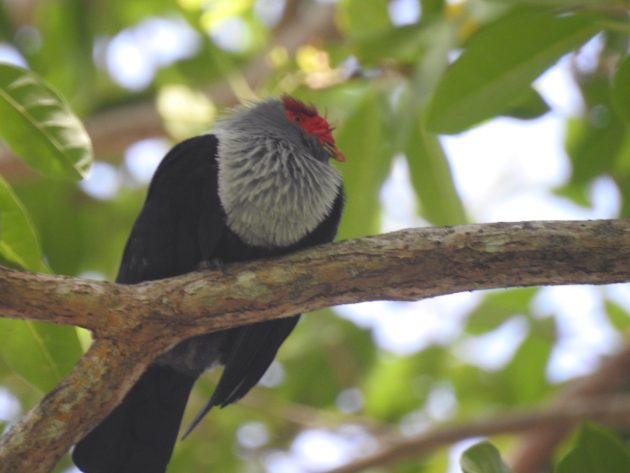
So together with all these historical checklists and a recent visit to California I was able to hit 500 “lifers” in November last year. Now, coming to Australia this year and with the number 600 in the back of my mind, I was able to pick out of the bush some species that I missed here last year and hit the sweet, round number!
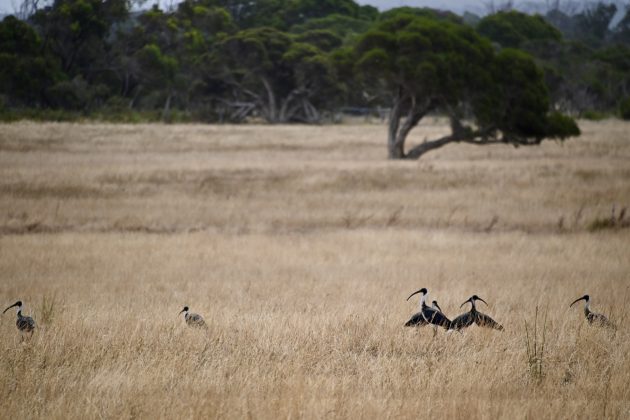
Even though I have submitted some historical checklists to eBird, a lot of relatively common birds are still missing. Birds that I know for a fact that I have seen or heard but due to the fact that I can not find a record of them, I haven’t included them in my list. But not to worry, I know for a fact, that at some point sooner or later I will observe them.
Well, on to the 1000! That seems like a nice goal. I am not worried about reaching a 1000 bird species as fast as I can. A lot of sketches, song recordings, photographs and missed birds are between me and that goal. If the trips that I have planned this year happen, 800 bird species by the end of the year seems pretty doable. The 600 up to this point have been special already. Each species has a different story of how I observed it. Ranging from a visitor to my gardens bird feeder to climbing down in an icy valley somewhere in Norway. Some have been documented with sketches, photos and sound recordings and some have just been ticked off a list. Nevertheless each new one is as special as the last one. Thanks for sticking around and I’ll see you someplace where there’s birds!

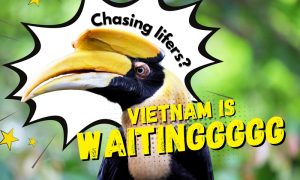
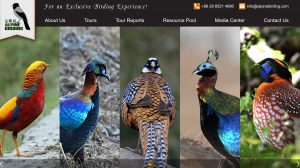
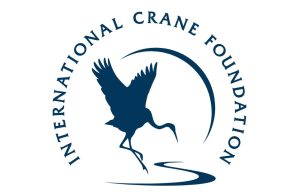

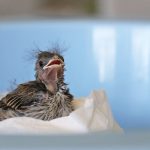
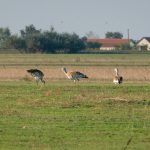




Amazing! Brava!